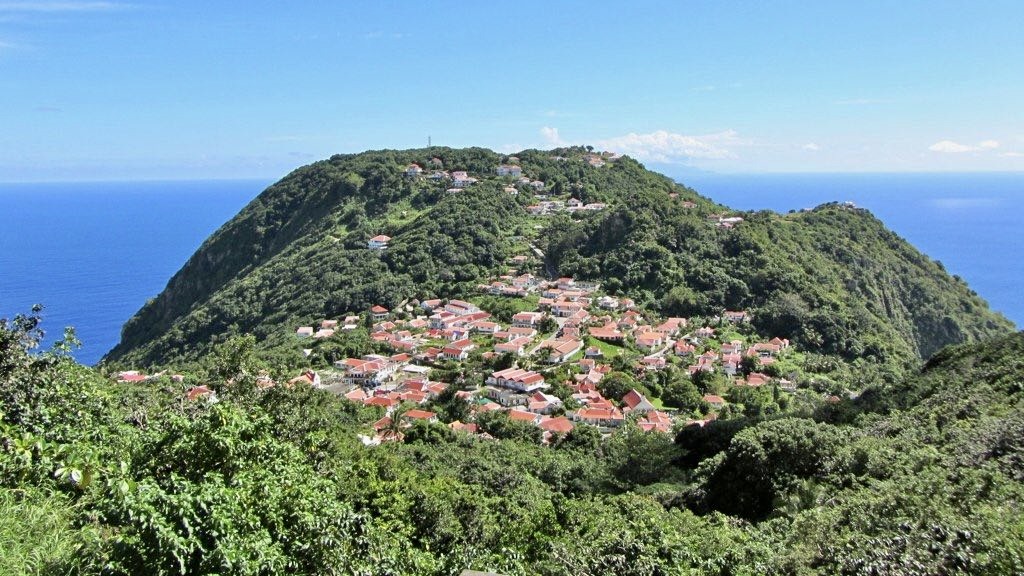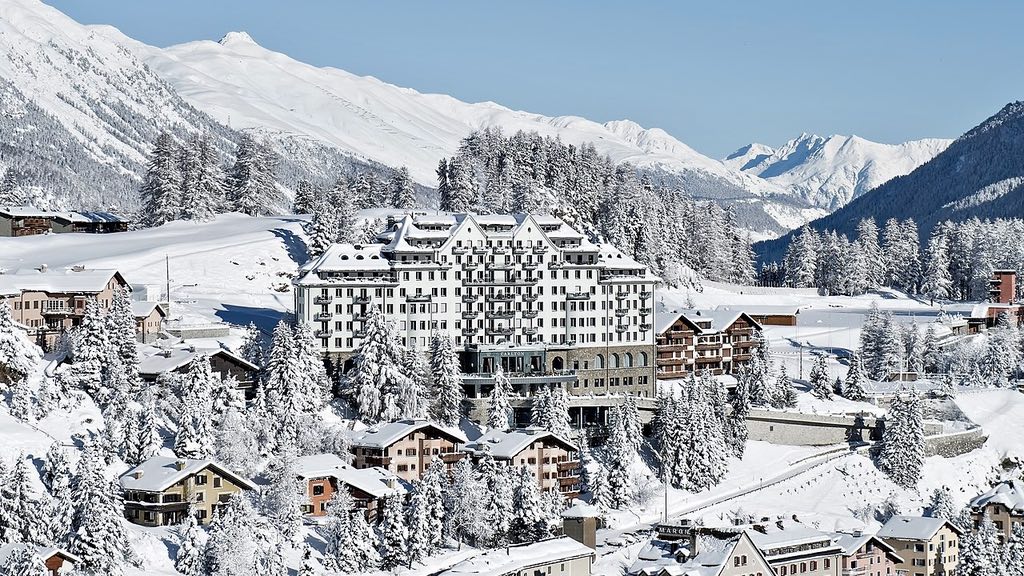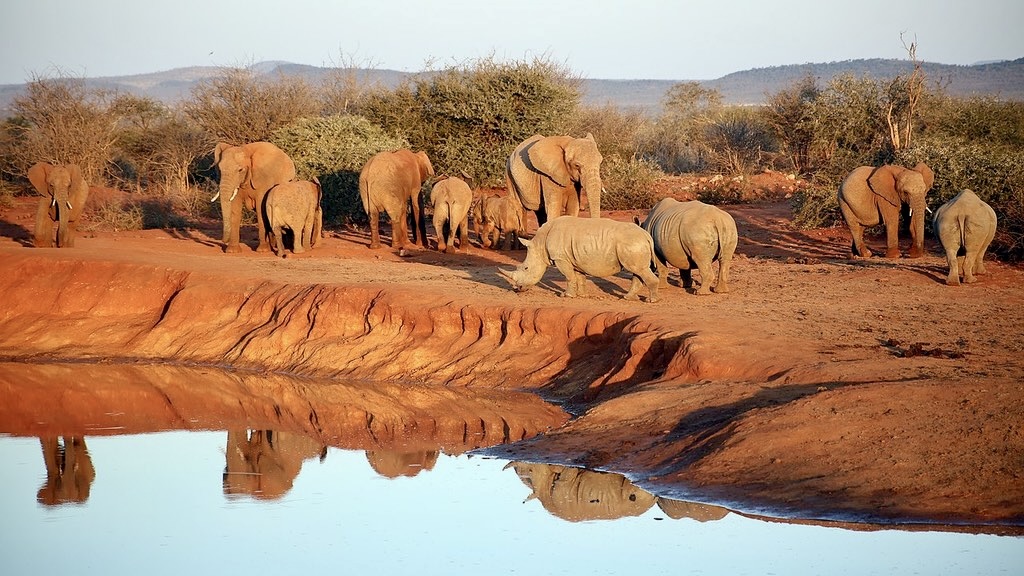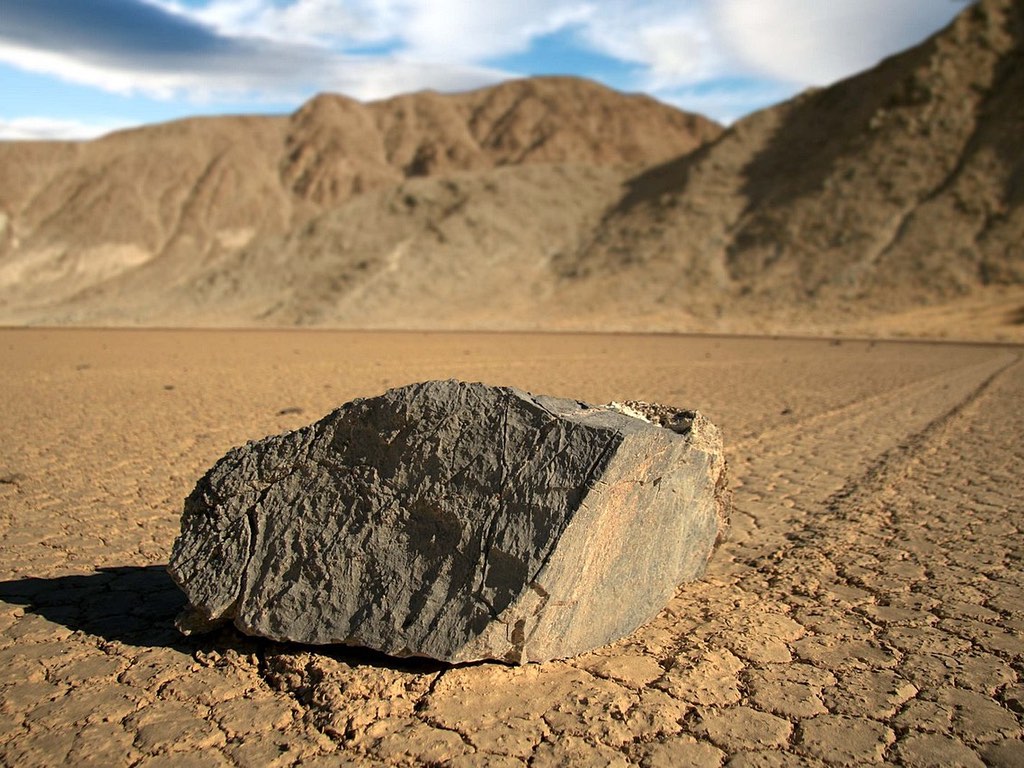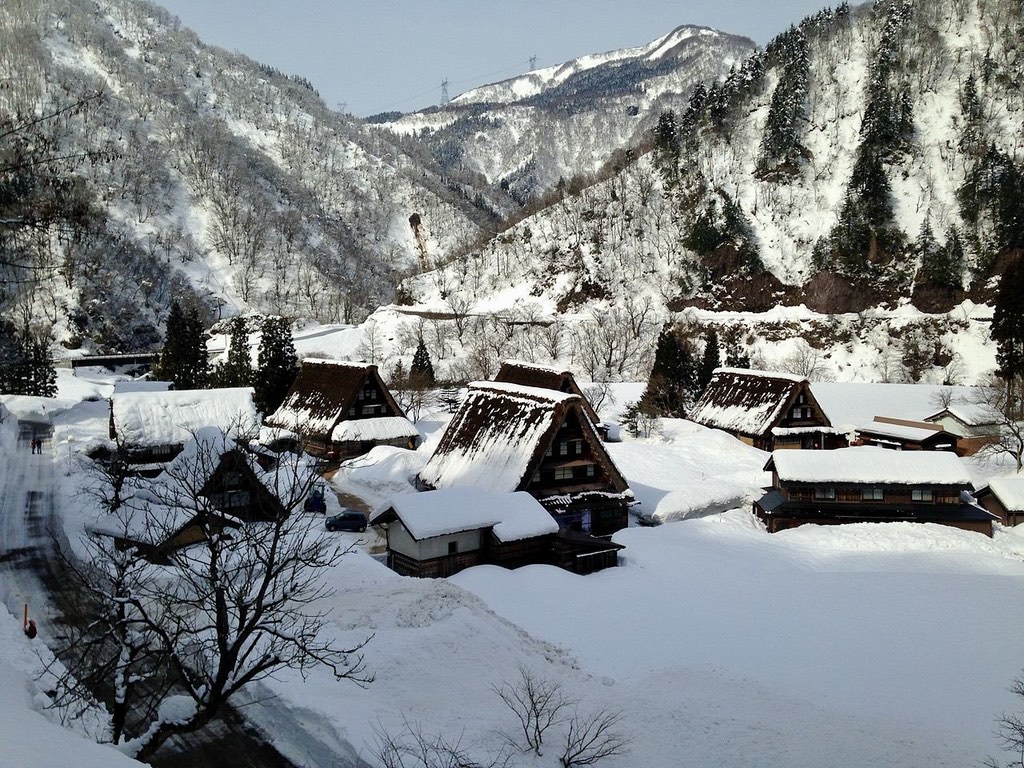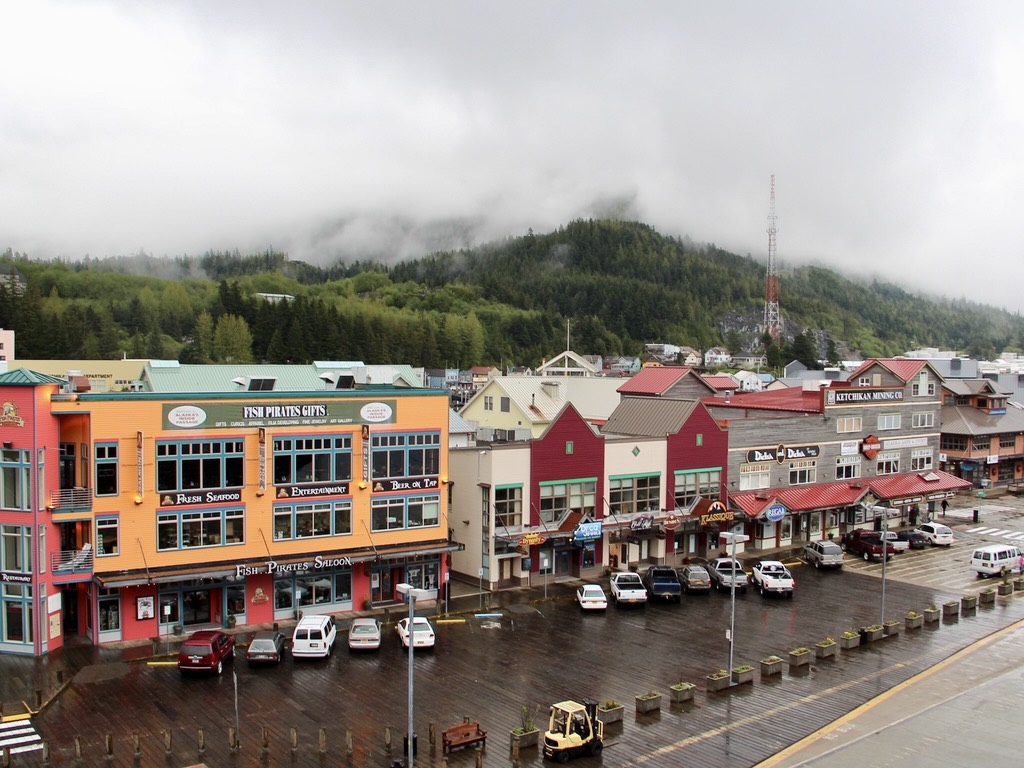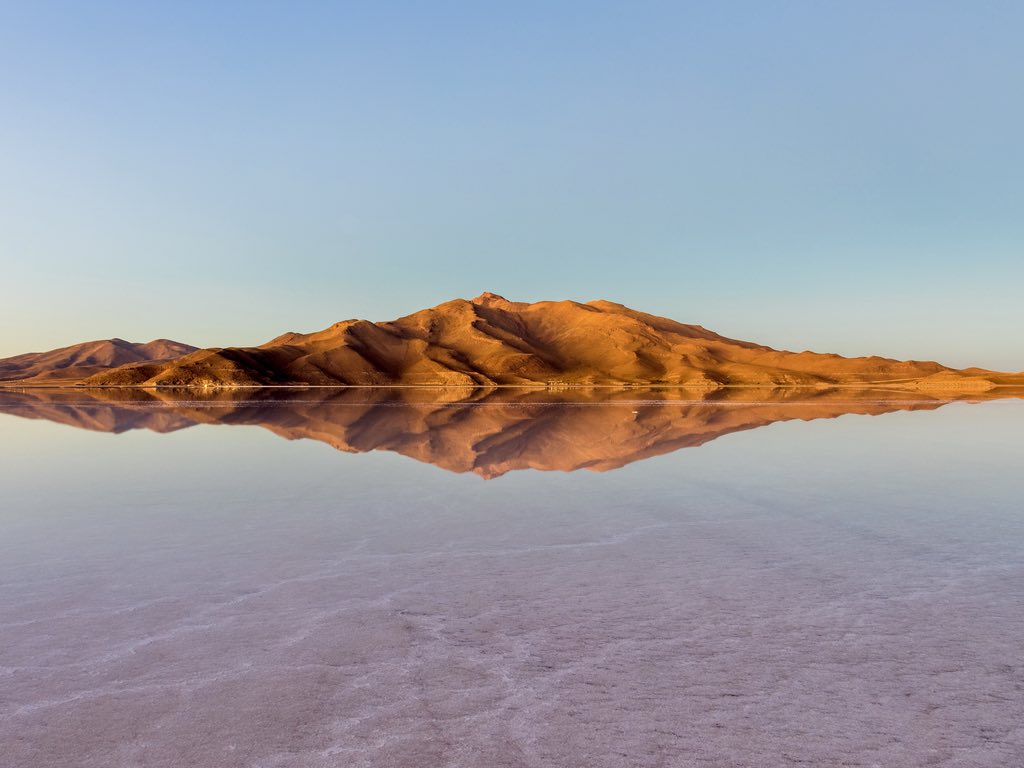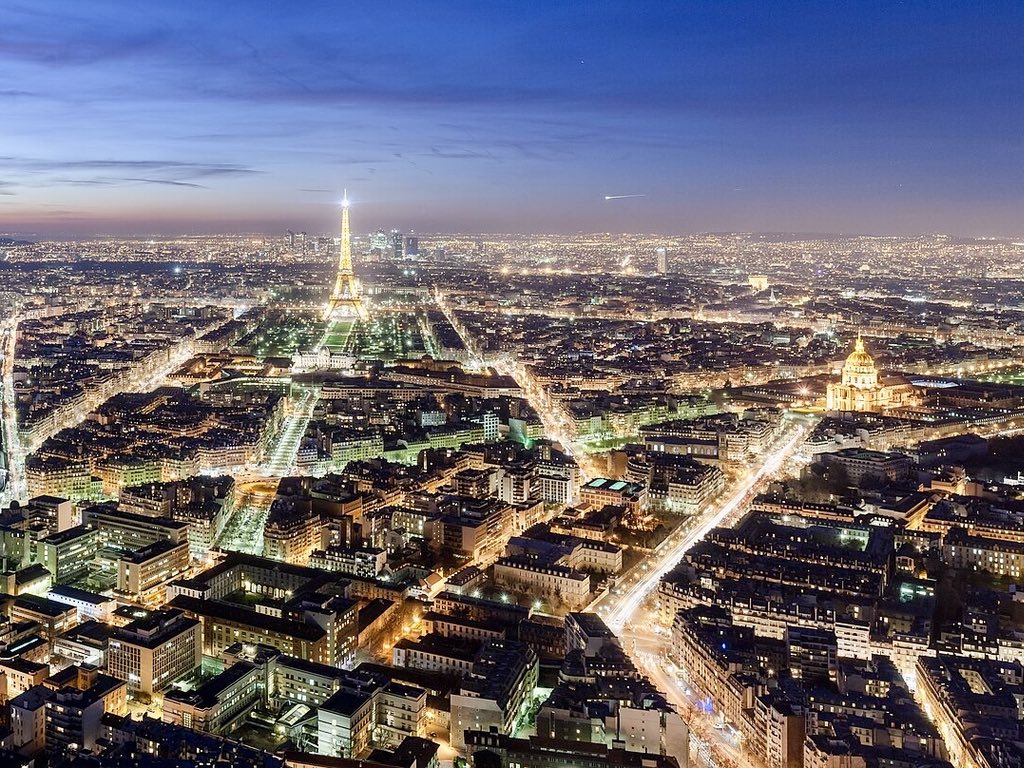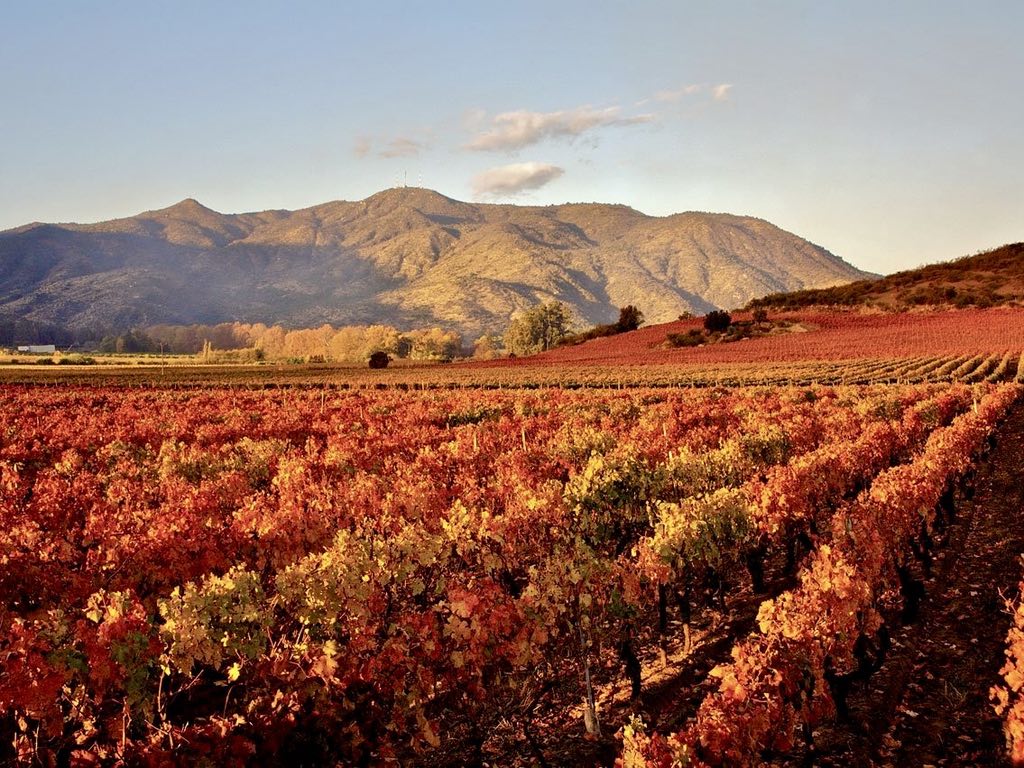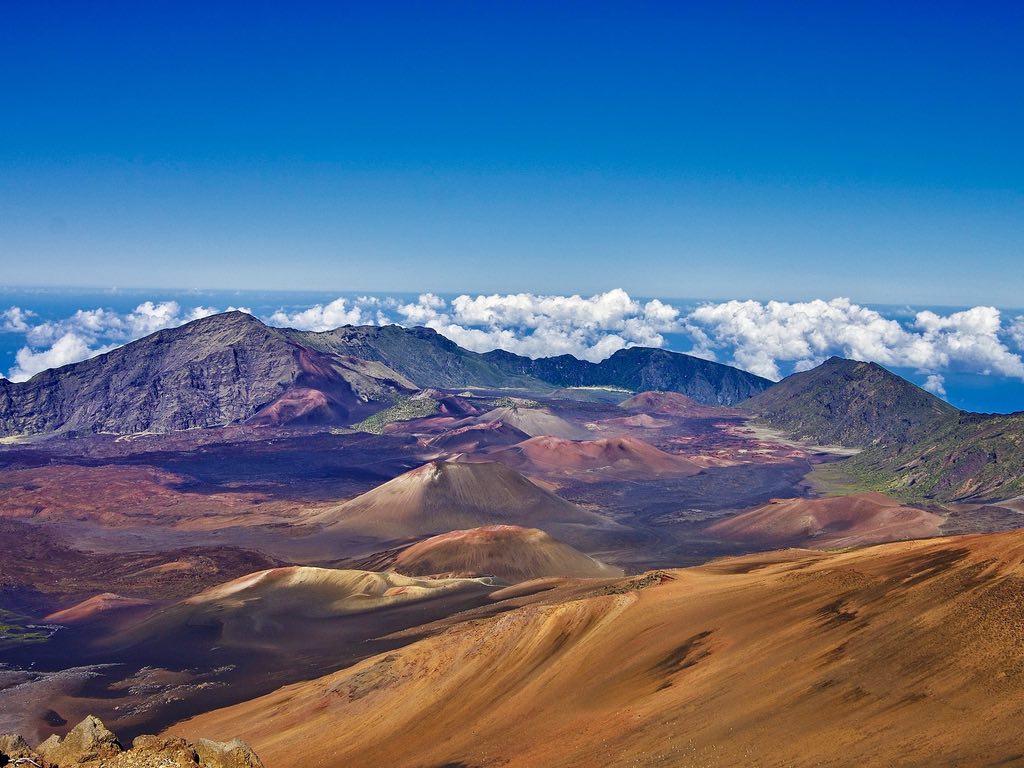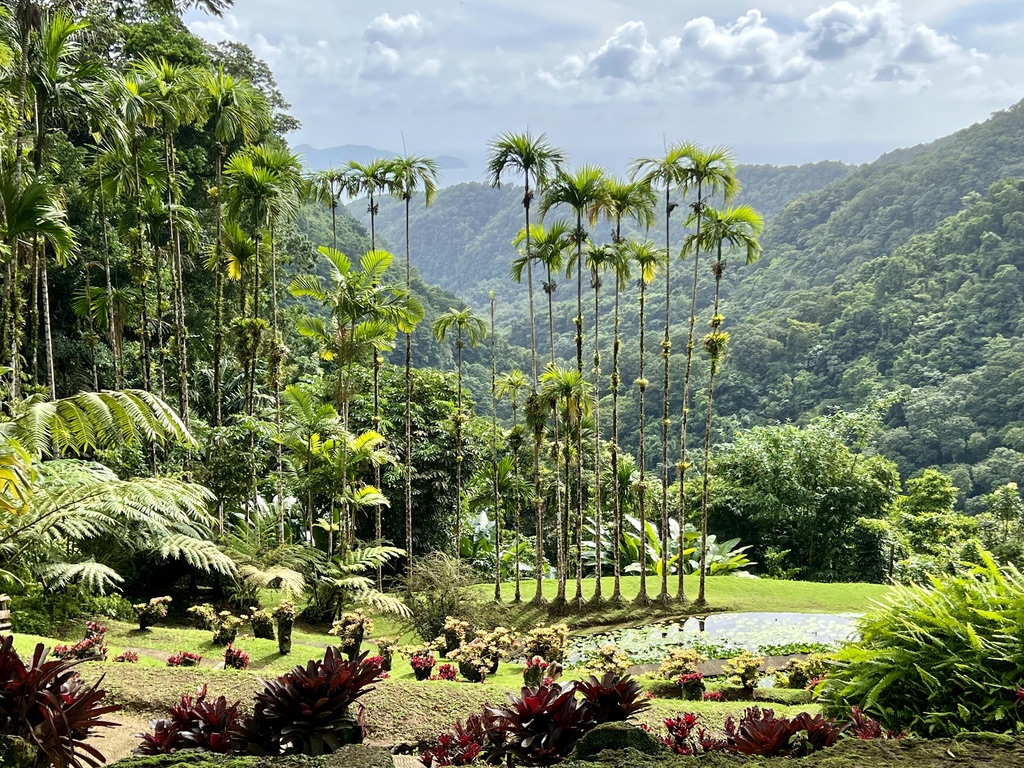Capital cities are often the political, cultural, and economic epicenters of a nation. They hold the key to a country’s history and help shape its future. While many capitals are located at lower elevations, some stand out for their impressive altitudes. These elevated cities offer a unique blend of breathtaking landscapes, cultural richness, and thrilling experiences. In this article, we’ll explore the world’s most elevated capital cities and discuss the unique challenges and opportunities they present to visitors and residents.
10. Kathmandu, Nepal

Elevation: Approximately 4,593 feet (1,400 meters) above sea level
Kathmandu, the capital of Nepal, is a vibrant and bustling city located in the Kathmandu Valley. Surrounded by the majestic Himalayan mountains, the city is rich in history and culture. Kathmandu is home to several UNESCO World Heritage sites, including the ancient Durbar Squares of Kathmandu, Patan, and Bhaktapur, which showcase the city’s impressive architecture and craftsmanship.
The sacred Hindu temple of Pashupatinath and the Buddhist stupa of Boudhanath are other must-see destinations in the city. Kathmandu serves as a gateway to the Himalayas, with many trekkers beginning their journey to Mount Everest and other mountainous regions from the city.
While the elevation of Kathmandu is not as extreme as some other capital cities, visitors may still experience mild altitude effects. As you explore the city’s lively streets, historical sites, and unique culture, take the time to acclimate and stay hydrated.
9. Mexico City, Mexico

Elevation: Approximately 7,382 feet (2,250 meters) above sea level
Mexico City, the vibrant capital of Mexico, is situated in the Valley of Mexico, surrounded by towering mountains and volcanoes. The city boasts a rich history, with the remnants of the ancient Aztec civilization visible in places like the Templo Mayor and the nearby Teotihuacán archaeological site. Mexico City is also known for its lively arts scene, colorful markets, and delicious street food.
While Mexico City’s altitude is not as extreme as some of the other cities mentioned earlier, some visitors may still experience mild altitude effects. As you explore the city’s diverse neighborhoods, iconic landmarks, and rich culture, take the time to acclimate and stay hydrated.
8. Asmara, Eritrea

Elevation: Approximately 7,628 feet (2,325 meters) above sea level
Asmara, the capital of Eritrea, is known for its well-preserved Italian modernist architecture, a legacy of the city’s colonial past. The city’s relaxed atmosphere, tree-lined streets, and outdoor cafes give it a distinctly Mediterranean feel. Some key architectural highlights include the Fiat Tagliero Building and the Art Deco Cinema Impero.
Asmara’s elevation may result in mild altitude effects for some visitors. While exploring the city, take the time to adjust to the altitude and enjoy the unique blend of Eritrean and Italian culture.
7. Sana’a, Yemen

Elevation: Approximately 7,500 feet (2,290 meters) above sea level
Sana’a, the capital of Yemen, is one of the oldest continuously inhabited cities in the world. Its historical Old City, a UNESCO World Heritage site, features unique multi-story buildings made of rammed earth and adorned with intricate geometric patterns. The Great Mosque of Sana’a, dating back to the 7th century, is another significant landmark.
Although travel to Sana’a is currently discouraged due to ongoing conflicts in the region, the city’s elevation and architectural beauty make it a noteworthy high-altitude capital.
6. Addis Ababa, Ethiopia

Elevation: Approximately 7,726 feet (2,355 meters) above sea level
Addis Ababa, the capital of Ethiopia, sits atop the Ethiopian Highlands. The city is a melting pot of cultures, with a diverse mix of people and traditions. The National Museum of Ethiopia, which houses the famous fossil remains of “Lucy,” is a must-visit for history buffs. The bustling Mercato, Africa’s largest open-air market, offers visitors a chance to immerse themselves in the local culture and find unique souvenirs.
Though Addis Ababa’s elevation is relatively high, most visitors experience only mild altitude effects. The city is an excellent base for exploring the surrounding highlands, including the stunning Simien Mountains National Park and the ancient rock-hewn churches of Lalibela.
For High-Altitude Capital City Adventures
Embark on your high-altitude capital city adventure well-prepared with our curated list of essential picks. These must-have items will help you stay comfortable, healthy, and organized as you explore breathtaking landscapes and immerse yourself in the rich cultures of the world’s most elevated capital cities. From altitude sickness prevention to travel-friendly gear, we’ve got you covered for an unforgettable journey.
5. Thimphu, Bhutan

Elevation: Approximately 7,710 feet (2,350 meters) above sea level
Thimphu, the capital of Bhutan, is a unique blend of ancient traditions and modernity. Nestled in the Eastern Himalayas, Thimphu offers visitors a fascinating mix of monasteries, museums, and markets. The city is home to the impressive Tashichho Dzong, a fortress that houses the government and the central monk body. The National Memorial Chorten, a Buddhist stupa, is another must-see destination in Thimphu.
The city’s high elevation can make it challenging for some visitors, but the cool mountain air and lush landscapes provide a refreshing change from the bustling streets. The serene atmosphere and the warm hospitality of the locals make Thimphu an unforgettable destination.
4. Bogotá, Colombia

Elevation: Approximately 8,660 feet (2,640 meters) above sea level
Bogotá, Colombia’s vibrant capital, lies at the foot of the Andes Mountains. The city’s rich history is on display in its colonial-era buildings and the Gold Museum, which holds an impressive collection of pre-Columbian artifacts. Bogotá’s thriving arts scene includes numerous galleries, theaters, and the famous street art in the La Candelaria district.
While altitude sickness is less common in Bogotá than in higher cities like La Paz, visitors should still take precautions and allow time to acclimate. The city offers many outdoor activities, such as hiking to the summit of Cerro Monserrate for panoramic views of Bogotá and exploring the nearby Chingaza National Park.
3. Sucre, Bolivia

Elevation: Approximately 9,186 feet (2,800 meters) above sea level
Sucre is the constitutional capital of Bolivia, while La Paz serves as the administrative capital. Known as the “White City,” Sucre is famous for its whitewashed colonial buildings and well-preserved historical center, which is a UNESCO World Heritage site. Highlights include the House of Liberty, where the Bolivian Declaration of Independence was signed, and the beautiful Metropolitan Cathedral.
Visitors to Sucre may experience some altitude effects due to its elevation. Take time to acclimate and enjoy the city’s charming streets, rich history, and local cuisine.
2. Quito, Ecuador

Elevation: Approximately 9,350 feet (2,850 meters) above sea level
Quito, the capital of Ecuador, is nestled high in the Andes, surrounded by volcanoes and green valleys. The city’s historic center, a UNESCO World Heritage site, boasts well-preserved colonial architecture, including the stunning Basilica del Voto Nacional and the gold-laden La Compañía de Jesús church. Additionally, Quito is home to the Ciudad Mitad del Mundo monument, which marks the equator’s location.
Altitude sickness can also be an issue in Quito, so visitors should take precautions similar to those in La Paz. Quito offers a variety of cultural and outdoor experiences, from exploring the artisanal shops in La Ronda to hiking the nearby Pichincha Volcano.
1. La Paz, Bolivia

Elevation: Approximately 11,942 feet (3,640 meters) above sea level
Sitting high in the Andes, La Paz is the highest capital city in the world. Its dramatic topography, with snow-capped mountains and steep valleys, provides a stunning backdrop for visitors. The city’s rich indigenous culture is evident in its bustling markets, vibrant festivals, and unique architecture. The Witches’ Market, for instance, is a must-visit destination for travelers interested in traditional Andean remedies and handicrafts.
The high altitude can pose challenges for visitors, with altitude sickness being a common issue. It’s essential to take time to acclimate, stay hydrated, and avoid overexertion during the first few days in the city. Once acclimatized, visitors can enjoy exploring the intriguing blend of old and new in La Paz, with the Mi Teleférico cable car system providing stunning views of the cityscape.
The world’s most elevated capital cities offer a unique blend of breathtaking landscapes, rich cultural experiences, and unforgettable adventures. As you plan your visit, remember to take precautions against altitude sickness and give yourself time to acclimate. Embrace the challenge of exploring these high-altitude capitals, and you’ll be rewarded with an experience like no other.










